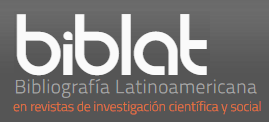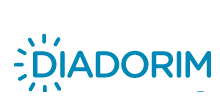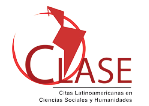The narrative's sequence realization in cordel
DOI:
https://doi.org/10.5433/1519-5392.2019v19n1p227Keywords:
Narrative sequence, Sequential organization, CordelAbstract
The following article has as the main objective to present an analysis on the narrative sequence on the Cordel "As minas de minas", from the poet Chico Salles, published in 2008. For the study we use as theoretical-methodological basis the preceptions of Adam (1992) and Bronckart (2003). For the study practices, initially we had a reflection on the prototype sentences, and as follows, we shared the narrative prototype. Finally, we analyzed their physical binding and its function on the text. The theoretical construct analysis allowed us to state that the narrative sequence helped shape the Cordel, and all its macropositions are used on the character development and in narrative development.
Downloads
References
ADAM, Jean-Michel. Cadre théorique d'une typologie séquentielle. Études de Linguistique Appliquée: textes, discours types et genres. n. 83. p. 6-18, 1991.
ADAM, Jean-Michel. Les textes: types et prototypes. Paris: Natham, 1992.
BRONCKART, Jean-Paul. Atividade de linguagem, textos e discursos: por um interacionismo sóciodiscursivo. Tradução de Anna Raquel Macchado e Péricles Cunha. São Paulo: EDUC, 2003.
LABOV, William; WALETZKY, Joshua. Narrative analysis: oral versions of personal experience. In: HELM, June (ed.). Essays onthe verbal and visual arts. Seattle: University of Washington Press, 1967. p. 12-44.
MACHADO, Anna Rachel. A organização sequencial da resenha crítica. The Especialist, São Paulo, v. 17, n. 2, p. 133-149, 1996.
SALLES, Chico. As Minas de Minas. João Pessoa, PB: Editora Rovelle: Paraíba JC Livros, 2008.
SILVA, Aurenívia Ferreira. Um estudo da realização da sequência narrativa no gênero notícia. 2007. Dissertação (Mestrado em Linguística) - Universidade Federal do Ceará, Fortaleza, 2007. Disponível em: https://bit.ly/2MFHfEi. Acesso em: 15 jul. 2018.
Downloads
Published
How to Cite
Issue
Section
License
Copyright (c) 2019 Entretextos

This work is licensed under a Creative Commons Attribution 4.0 International License.
Entretextos adota a Licença Creative Commons Attribution 4.0 International, portanto, os direitos autorais relativos aos artigos publicados são do/s autor/es.
Sob essa licença é possível: Compartilhar - copiar e redistribuir o material em qualquer suporte ou formato. Adaptar - remixar, transformar, e criar a partir do material, atribuindo o devido crédito e prover um link para a licença e indicar se mudanças foram feitas.
























